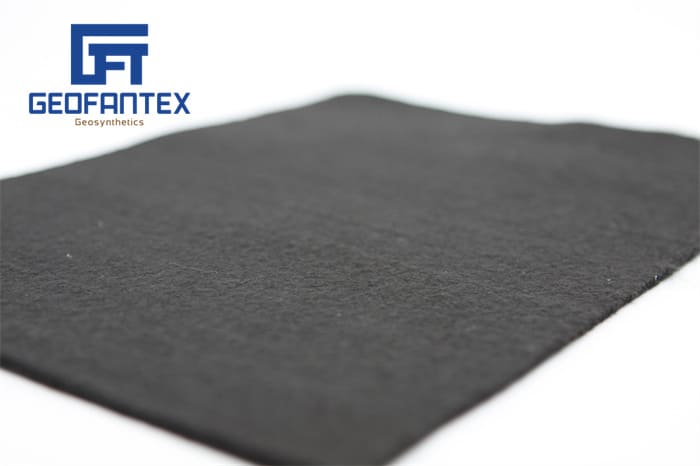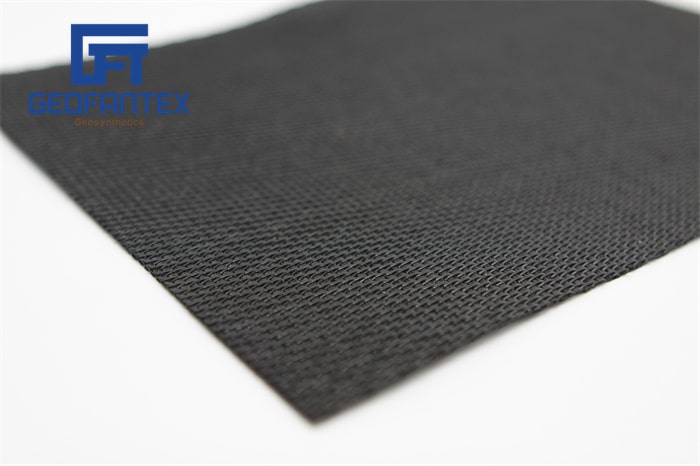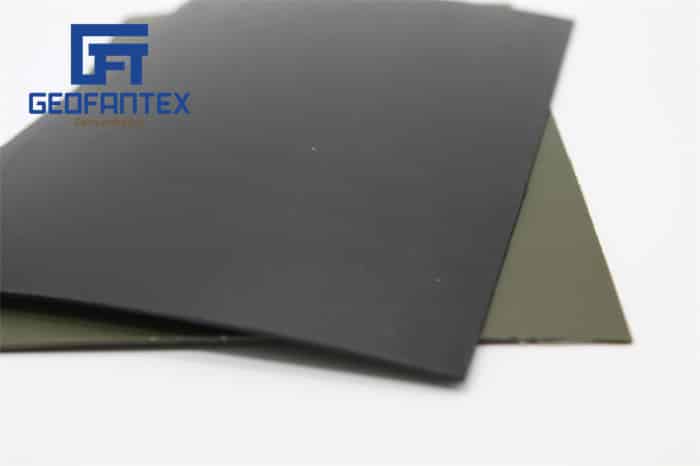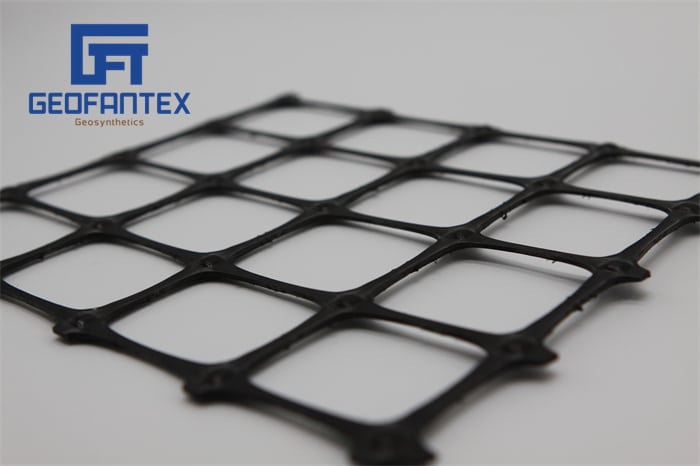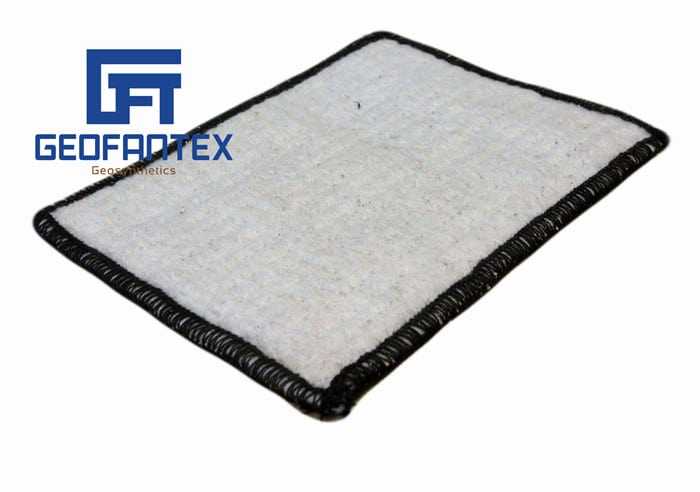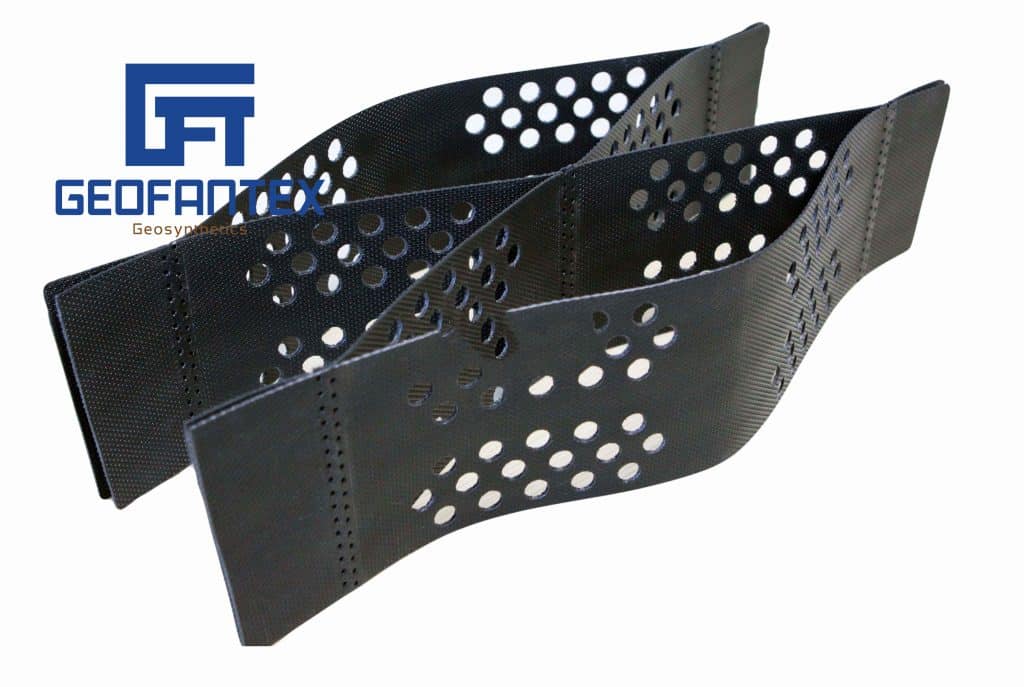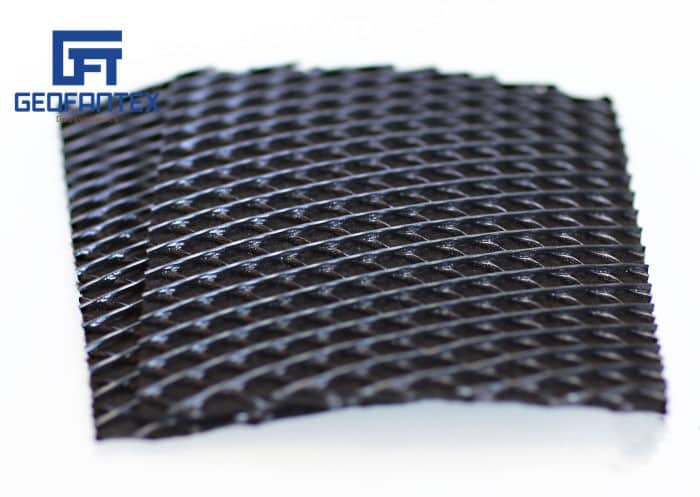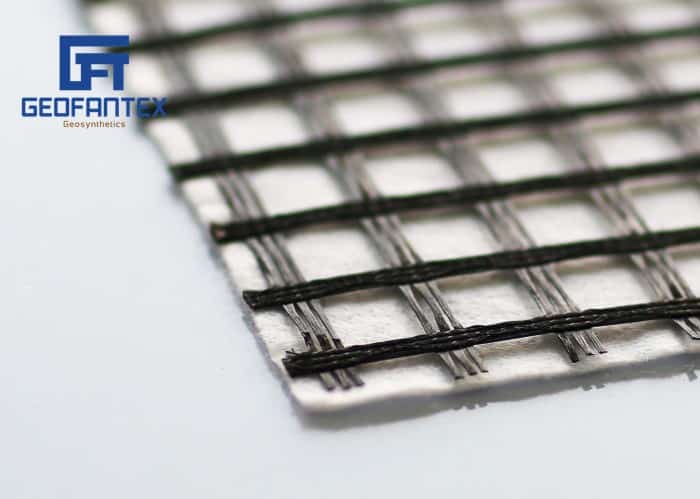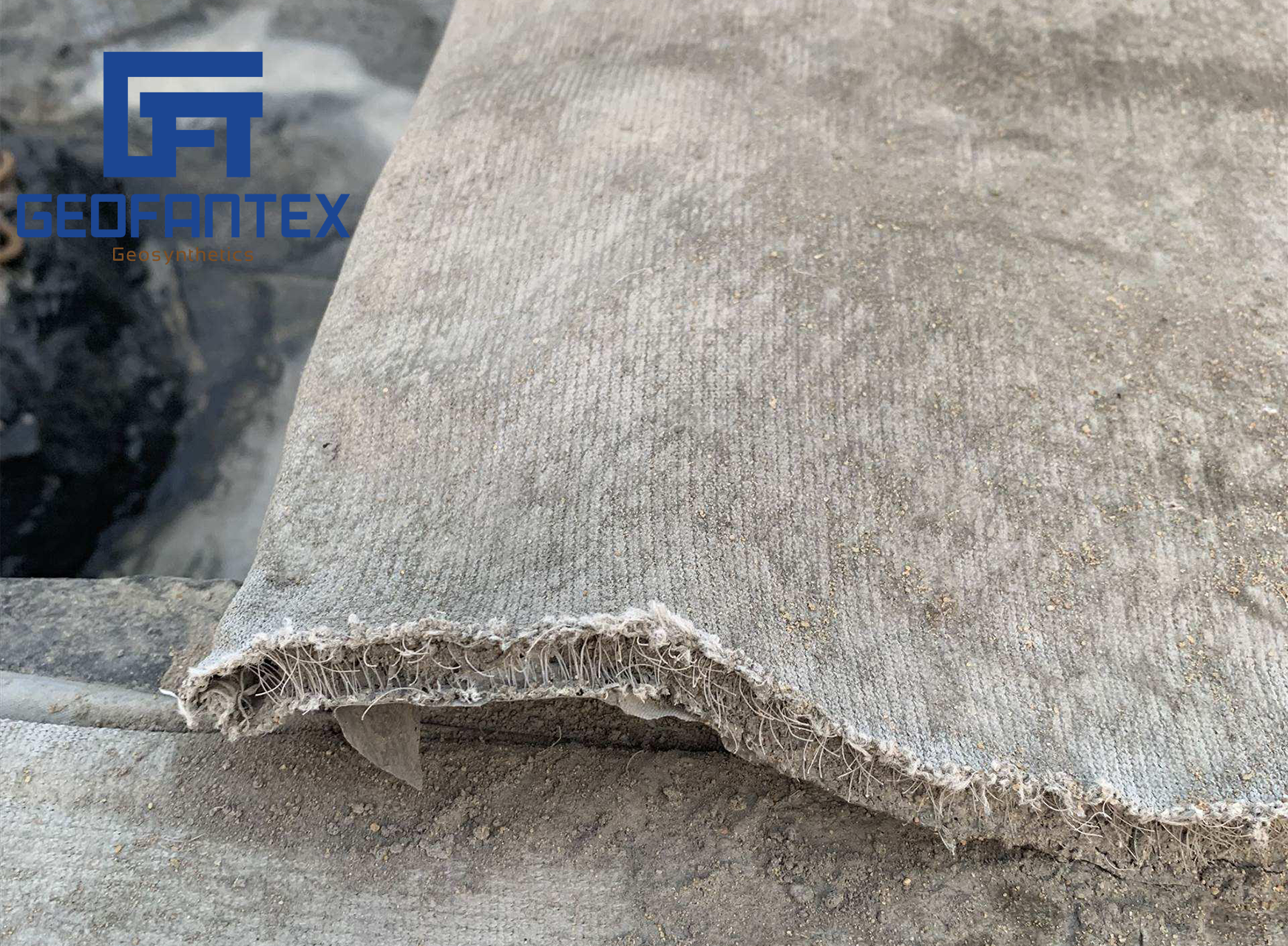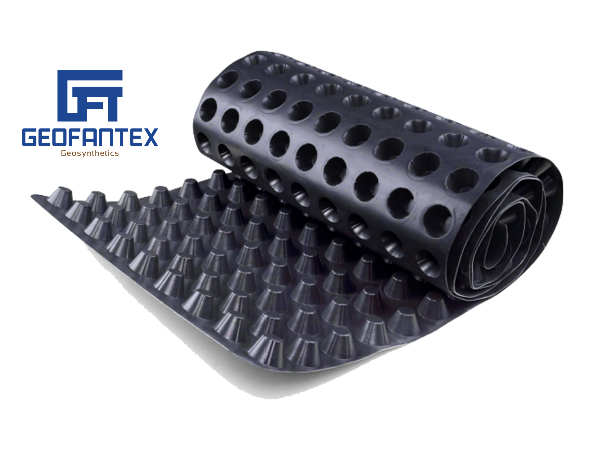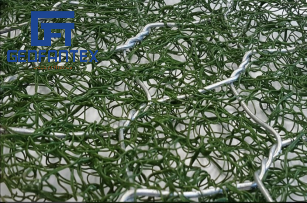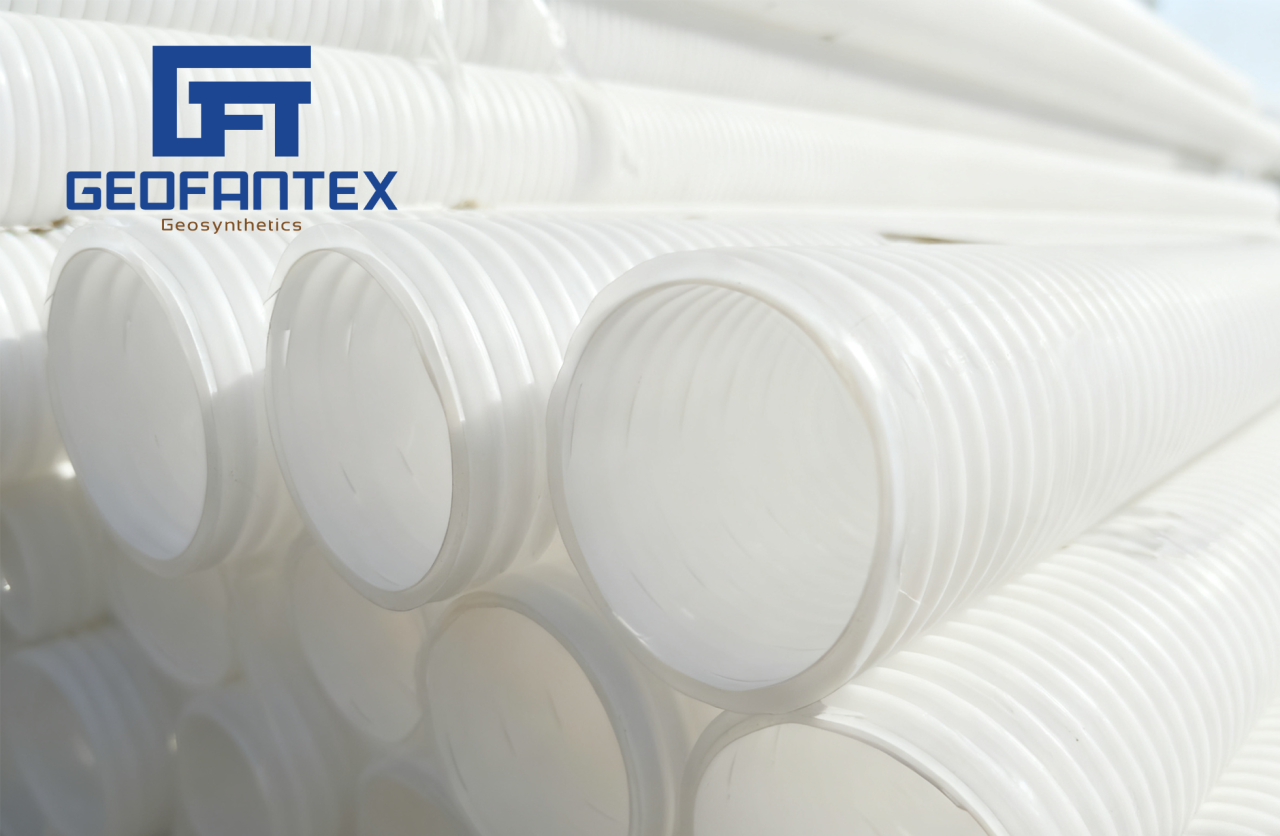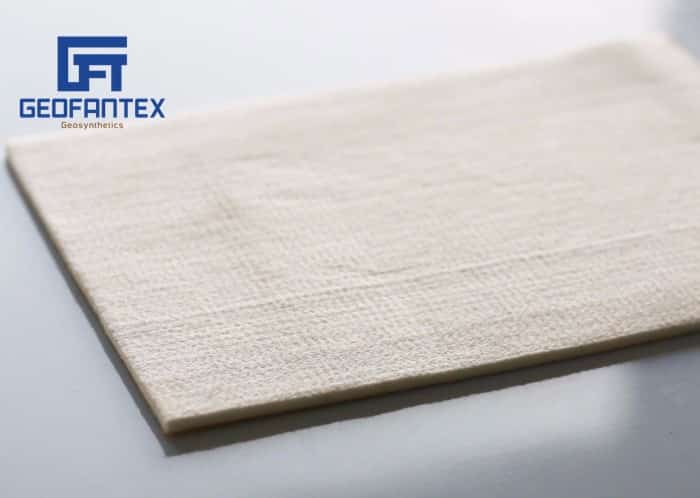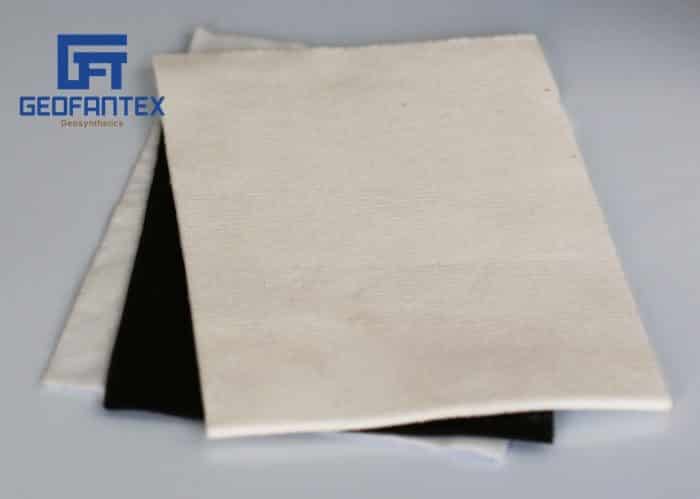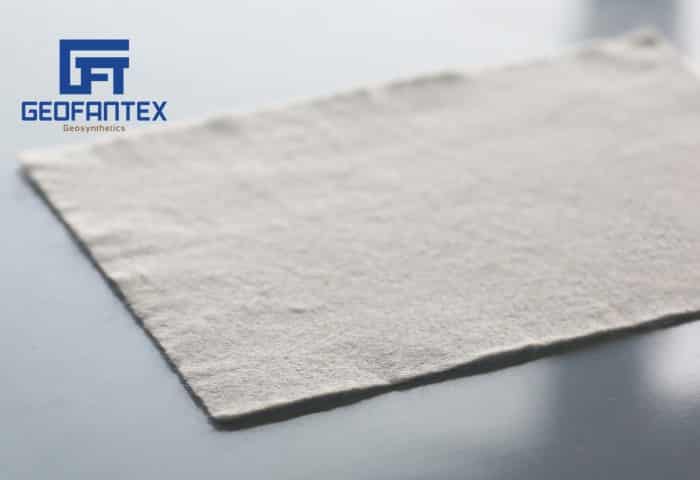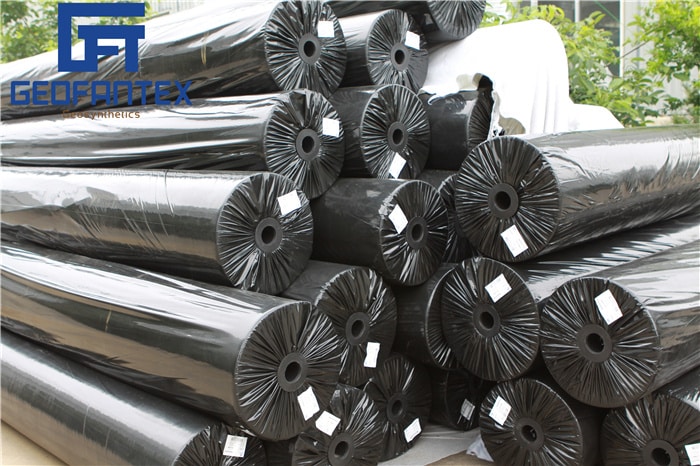+86-159 9860 6917
info@geofantex.com
geofantex@gmail.com
+86-400-8266163-44899
In recent industry news, geosynthetic protection has emerged as a critical focus for improving infrastructure sustainability and resilience in various construction projects. As concerns around climate change and environmental protection grow, the demand for geosynthetic materials—especially those used for soil reinforcement, drainage, and erosion control—continues to rise.
Advancements in Road Construction with Geosynthetics
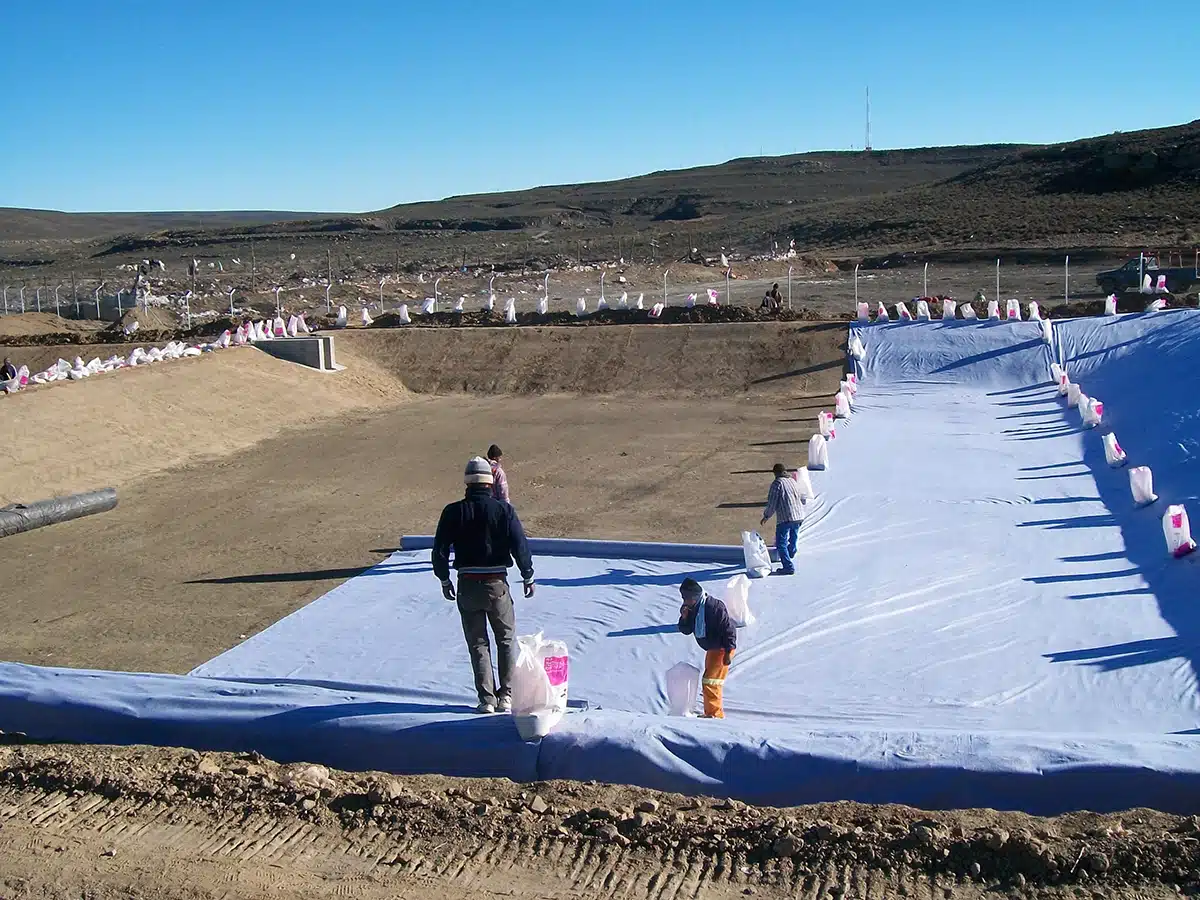
A notable development in this field has been the advancement of geosynthetic protection solutions in road construction. With the increasing frequency of heavy rainfall and extreme weather events, engineers are turning to geosynthetics for their ability to stabilize soils, reduce erosion, and provide long-term durability. According to recent reports, geosynthetics such as geotextiles, geogrids, and geomembranes are now being incorporated into road designs to prevent slope failures and protect against flooding. These materials not only improve the strength of road infrastructure but also reduce maintenance costs by offering effective, cost-efficient solutions to mitigate soil erosion.
Environmental Impact and Eco-Friendly Solutions
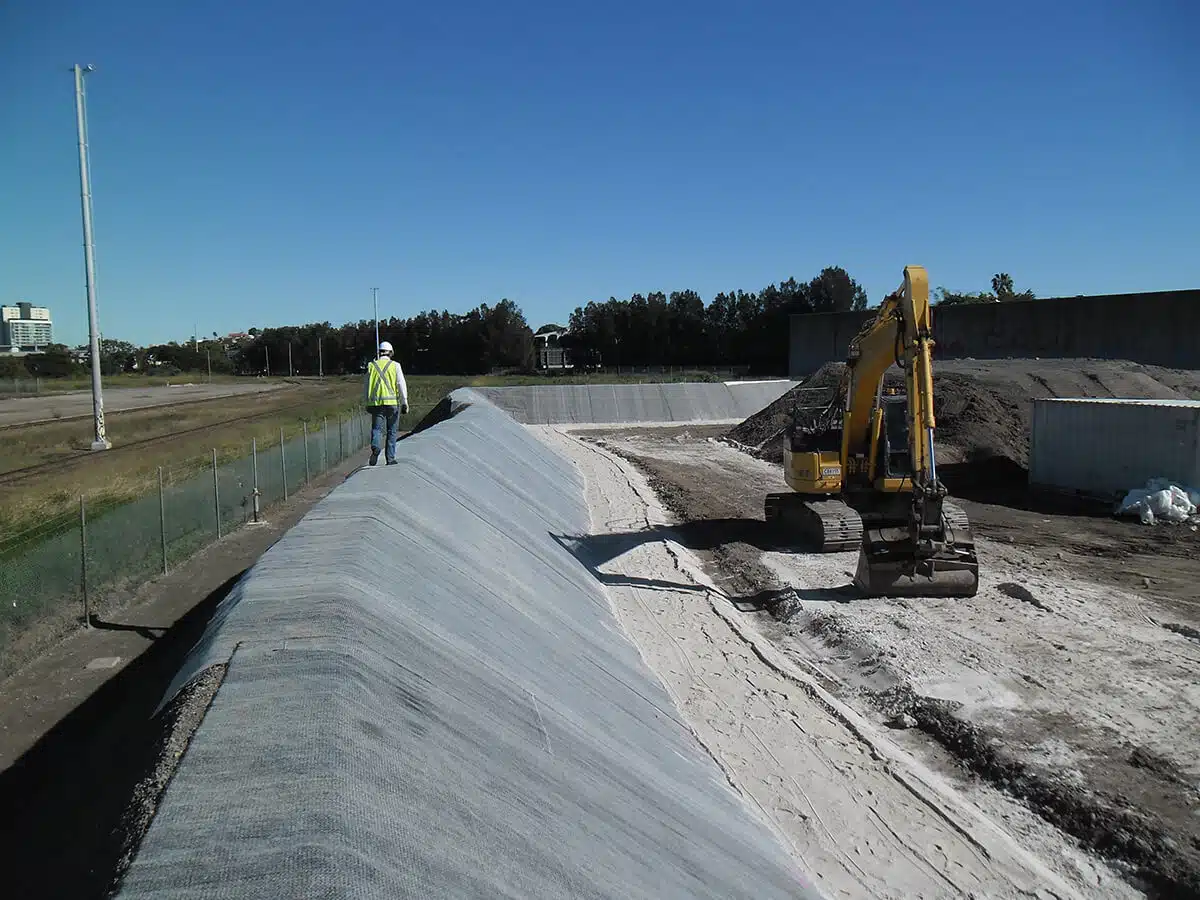
Furthermore, the environmental impact of geosynthetics is also a growing area of interest. Manufacturers are working to develop more eco-friendly and recyclable geosynthetic products, which will play a key role in sustainable construction practices. As construction projects across the globe continue to embrace green building technologies, geosynthetic protection is poised to become an integral component of the industry’s efforts to minimize its carbon footprint.
Conclusion: Shaping the Future of Infrastructure
In conclusion, the geosynthetics industry is experiencing rapid advancements that make geosynthetic protection a powerful tool for future infrastructure projects. With enhanced performance and sustainability, geosynthetics are not only shaping the future of construction but also contributing to a more resilient and environmentally conscious approach to building.
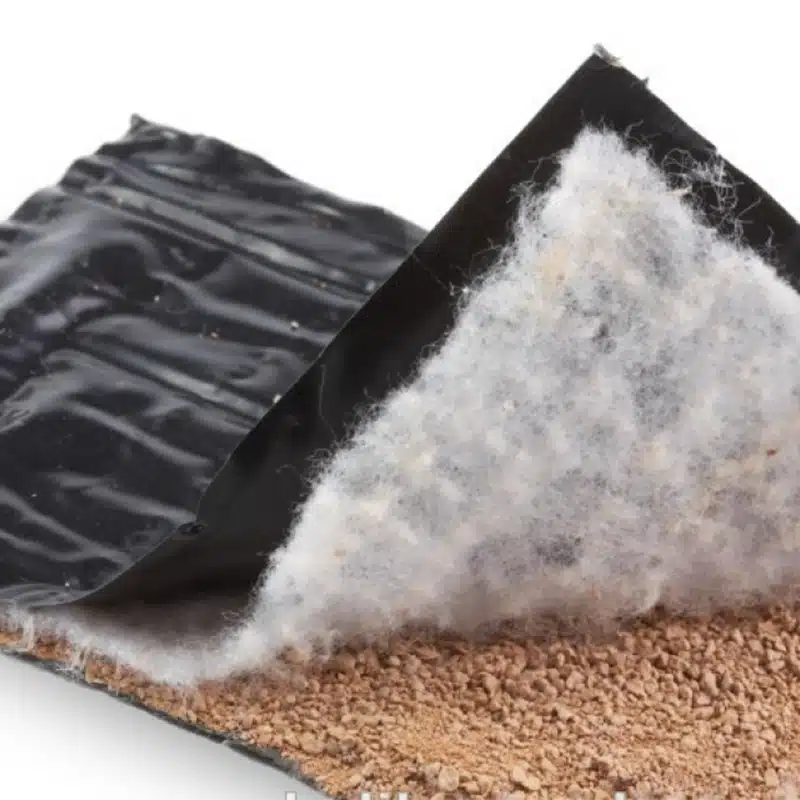
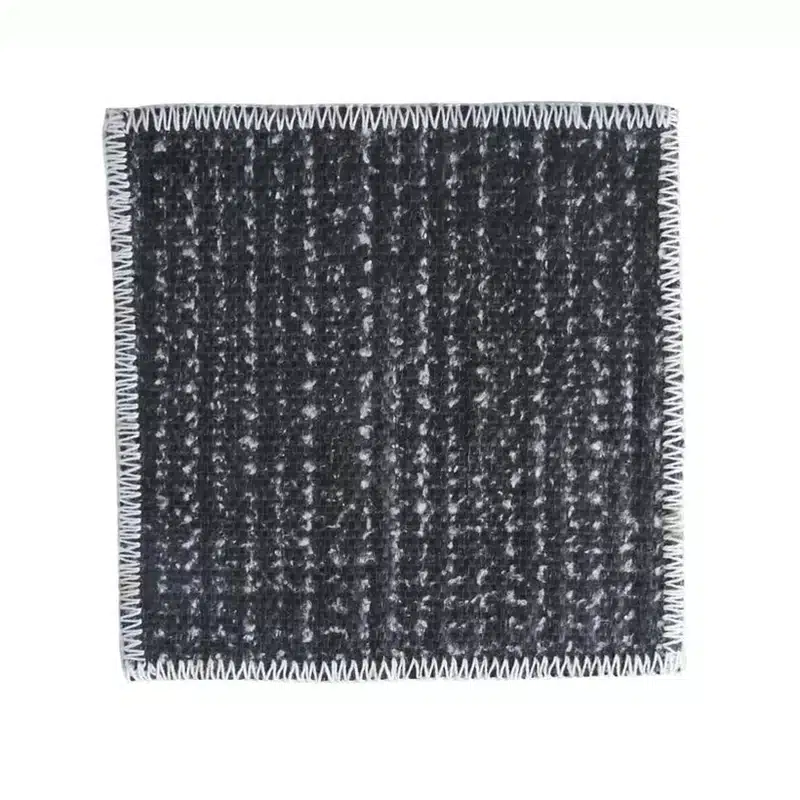

Get Free Sample
We’ll respond as soon as possible(within 12 hours)

